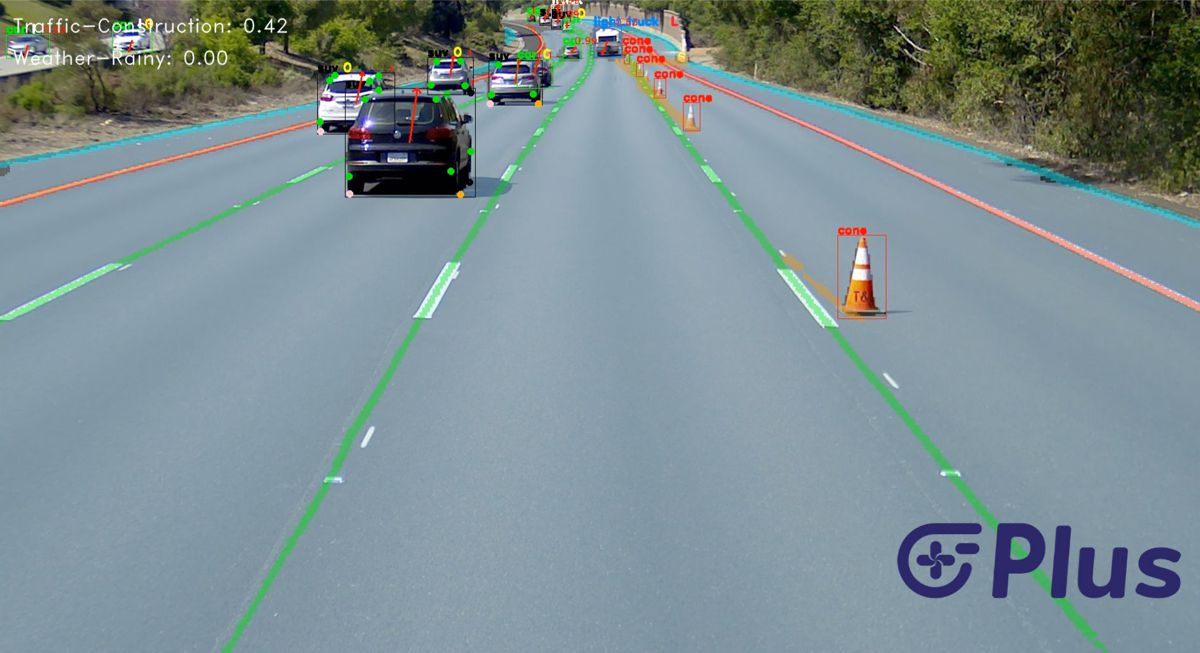Driving the success of the UK EV charge point network
The UK Government’s decision to ban the sale of new petrol and diesel cars from 2030 is giving rise to a burgeoning market for electric vehicles (EVs) and a rapidly-expanding network of EV charge points.
Analysis by SMMT and Frost and Sullivan shows that a full, zero emission-capable new UK new car market will require 1.7 million public charge points by the end of the decade and 2.8 million by 2035.
Such a huge infrastructure will involve large numbers of private sector companies taking part in the installation and management of EV charge points over the coming years – and the process is already well underway. At the end of June 2022, there were 32,663 charging points across the UK, across 19,960 charging locations. This represents a 34% increase in the number of charging devices since June 2021.
Why asset management matters
These organisations will need to adapt as the network continually grows and changes in line with evolving demand. How the companies manage the charging points in various locations, ranging from dedicated hubs to service stations and private car parks, will determine their profitability.
As the network rolls out, successful growth will depend on operators getting the balance right between costs incurred and the revenues and profits generated by judicious investments. Asset management will be key here, especially as it relates to keeping the network up and running.
Maintaining the EV network charging infrastructure will be crucial to maximising profitability for EV charge network providers. A recent study commissioned by Yotta, polling UK professionals involved with the management, maintenance, installation, and supply of EV charge points, supports this viewpoint.
In the survey, a quarter (25%) of respondents said EV charge point downtime will cost them over £90,000 a year, while nearly a third (32%) see more staff as being the most important resource their EV charge point site will need as their asset network grows.
Overall, respondents on average think their asset management budget will need to be increased by 50% to manage their current/future EV charge point network, ensuring network management is enhanced and the best possible reactive and proactive maintenance decisions are made.
Moreover, 71% of respondents think spending more on asset management for device and sites will increase their profit margins. These findings highlight that investment in the network is seen as key moving forwards.
Replacing analogue with digital to drive efficiencies
Many of the organisations concerned, however, still rely on analogue methods to monitor and maintain their networks, including field inspections, using information from call centre contacts with disgruntled motorists, or from mobile phone apps. Nearly a third (31%) currently schedule engineers manually, using paper forms or reports. And fewer than half of those surveyed (49%) said they are using real-time monitoring software that makes response times faster and reduces downtime.
If the future electronic charging point infrastructure is to remain profitable for its operators, then many will need to change the way they approach management and maintenance. A third of the survey respondents (33%), for example, said they needed more data from and about the charging points.
Companies can only overcome the challenges of inadequate data, poor reporting and weak capabilities in maintenance scheduling if they, or their technology partners, use infrastructure asset management software solutions and associated services.
These solutions include everything from asset lifecycle management, to budgeting, connecting teams, technology and assets. They ensure access to better and more extensive data so organisations make smarter and quicker decisions. This approach helps strike the right balance between reactive and proactive maintenance. Solutions can log asset history, discover significant data patterns and streamline workflows and processes.
Operators need to be able to automate workflows and digitise asset management to save time and improve accuracy and agility so, for example, engineers are always sent where they are most needed and achieve the biggest impact. Managements need to have access to analytical capabilities to predict where to focus their teams and their investment and allow to react quickly to meet sudden shifts in demand.
As networks expand; the number of charging points increases, and usage ramps up, these will become vital capabilities for operators. Since charging points will become a critical part of the public infrastructure, consumer patience with poor performance is likely to be limited. Many operators will need much better asset management than they currently have in place. Implementing such improvements will allow them both to maintain profitability and play a key role in ensuring a positive future for the UK’s EV charging network.
Article by by Andy Peart, Chief Strategy Officer, Yotta, now part of Causeway Technology.















